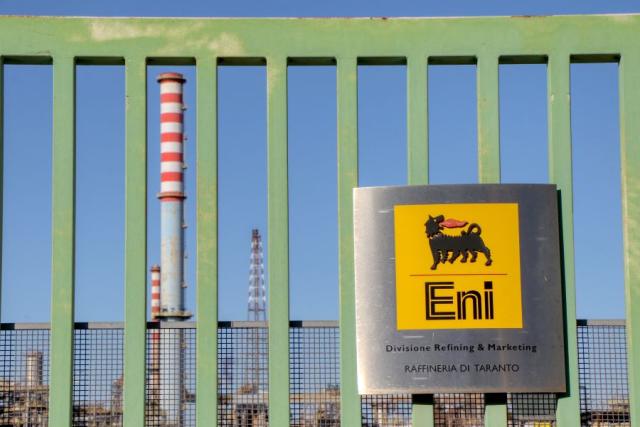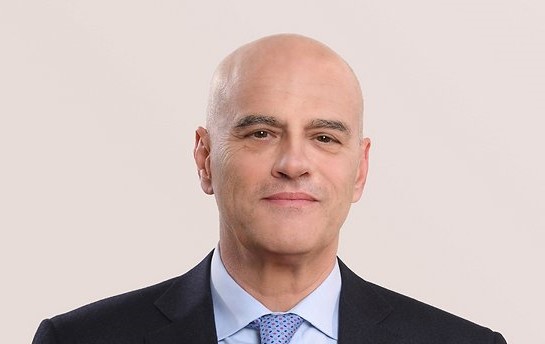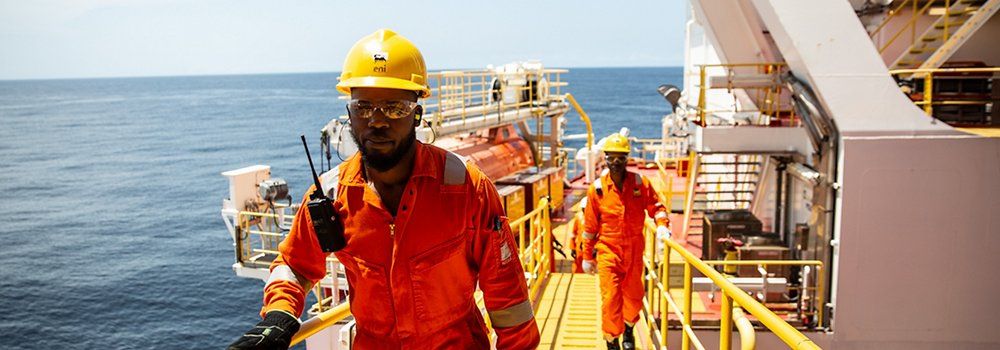
Gate of the Eni refinery of Taranto, Puglia, Italy. (Source: Massimo Todaro / Shutterstock.com)
U.S. gas imports aren’t the only ones Europe is leaning on to replace Russian gas, thanks in part to Italy’s Eni.
Eni, which sourced 40% of its natural gas from Russia prior to the start of the Russian-Ukraine conflict in February 2022, has replaced about 50% of the gas with volumes mainly from North and West Africa. Eni’s African gas volumes are forecast to completely displace Russian volumes by 2025.
Eni has focused its E&P strategy mainly on gas, leveraging production while diversifying investments across numerous countries. The aim is to replace 20 Bcm of Russian gas by 2025, Eni reported in its fourth-quarter 2022 press release, citing comments from CEO Claudio Descalzi.

“During the year, we were able to finalize agreements and activities to fully replace Russian gas by 2025, leveraging our strong relationships with producing states and fast-track development approach to ramp-up volumes from Algeria, Egypt, Mozambique, Congo and Qatar,” Descalzi said.
“In 2022, Eni was not only engaged in progressing its sustainable energy transition goals, but also in ensuring the security and stability of energy supplies to Italy and Europe, building up a diversified geographic mix of energy sources,” Descalzi said.
RELATED
LNG an East Africa Possibility If Challenges Are Overcome
Since the start of Russia’s invasion of Ukraine, U.S. LNG exports have also taken on increased importance on the other side of the Atlantic. Western sanctions on Russia coupled with decisions from the Kremlin to reduce global energy flows have engulfed most of Europe and the U.K. in a severe energy crisis and stoked inflation.
“No country can ever again allow itself to become reliant on imported energy from a single supplier… in [the] future, energy security will be about the diversity of fuels and sources and the primacy of domestic resources,” said Simon Flowers, Wood Mackenzie chairman and chief analyst in a Feb. 23 press release.
Nearly all energy importers have accelerated steps in this direction due to the Russia-Ukraine war, Flowers said.
“There’s growing confidence that Europe can muddle through the next three years, albeit with relatively high and volatile prices,” Flowers said. “New supply volumes, mainly U.S. and Qatari LNG, arrive from 2025, helping prices to ease back to ‘normal’… Longer term, LNG growth is still all about Asia.”
Financial discipline to continue in 2023
Eni’s financial results in 2022 followed the same patterns as its American and European peers due to higher commodity prices.
The European major reported adjusted or recurring net profit of €13.3 billion (US$14 billion) in 2022 compared to €4.3 billion in 2021. Strong cash generation and cash flow from operations allowed the company to return €5.4 billion to shareholders via dividends (€0.88/share) and an accelerated share buy-back program (€2.4 billion), according to Eni’s CEO.

“Our strategic objectives are unchanged: We will invest to ensure stable and affordable supplies to meet energy market demand and decarbonize our operations and clients, while maintaining financial discipline to ensure attractive returns for our shareholders,” Descalzi said.
Eni’s combined oil, gas and liquids production averaged 1.6 MMboe/d in 2022, down 4% compared to 2021.
Eni is forecasting capex of €9.5 billion (US$10 billion) in 2023 compared to €8.2 billion in 2022, and production between 1.6 MMboe/d and 1.7 MMboe/d. Also in 2023, Eni is eyeing a dividend of €0.94/share and share buybacks of €2.2 billion.
Looking forward, Eni forecasts average capex of €6 billion to €6.5 billion during 2023 through 2026 to grow production at an average compound annual growth rate of 3% to 4% as a slew of projects in Africa, Asia and Europe start then plateau to 2030.
All told, projects in the queue could add average production between 2023 to 2026 of almost 1.1 MMboe/d at peak production, according to Eni data.
Also, Eni expects to grow contracted LNG to over 18 million tonnes per annum by 2026, double that of 2022 and grow its gas share of its portfolio to 60% by 2030.
Recommended Reading
Dividends Declared in the Week of Aug. 26
2024-08-30 - Here is a selection of dividends declared from select upstream and service and supply companies.
Talos Energy CEO Tim Duncan Steps Down; Mills to Take Helm
2024-08-30 - An analyst said Talos Energy President and CEO Tim Duncan was forced out over share price performance, although other factors may have played a role.
HNR Acquisition to Rebrand as EON Resources Inc.
2024-08-29 - HNR’s name change to EON Resources Inc. and a new ticker symbol, “EONR,” will take effect when trading commences on Sept. 18.
Hunting Wins Contracts for OOR Services to North Sea Operators
2024-08-29 - Hunting is securing contracts worth up to $60 million to deliver organic oil recovery technology to increase recoverable reserves for North Sea operators.
GreenFire Appoints Rob Klenner as President to Deliver Geothermal Solutions
2024-08-27 - As president of GreenFire Energy, Rob Klenner will be responsible for overseeing GreenFire’s geothermal energy projects.






